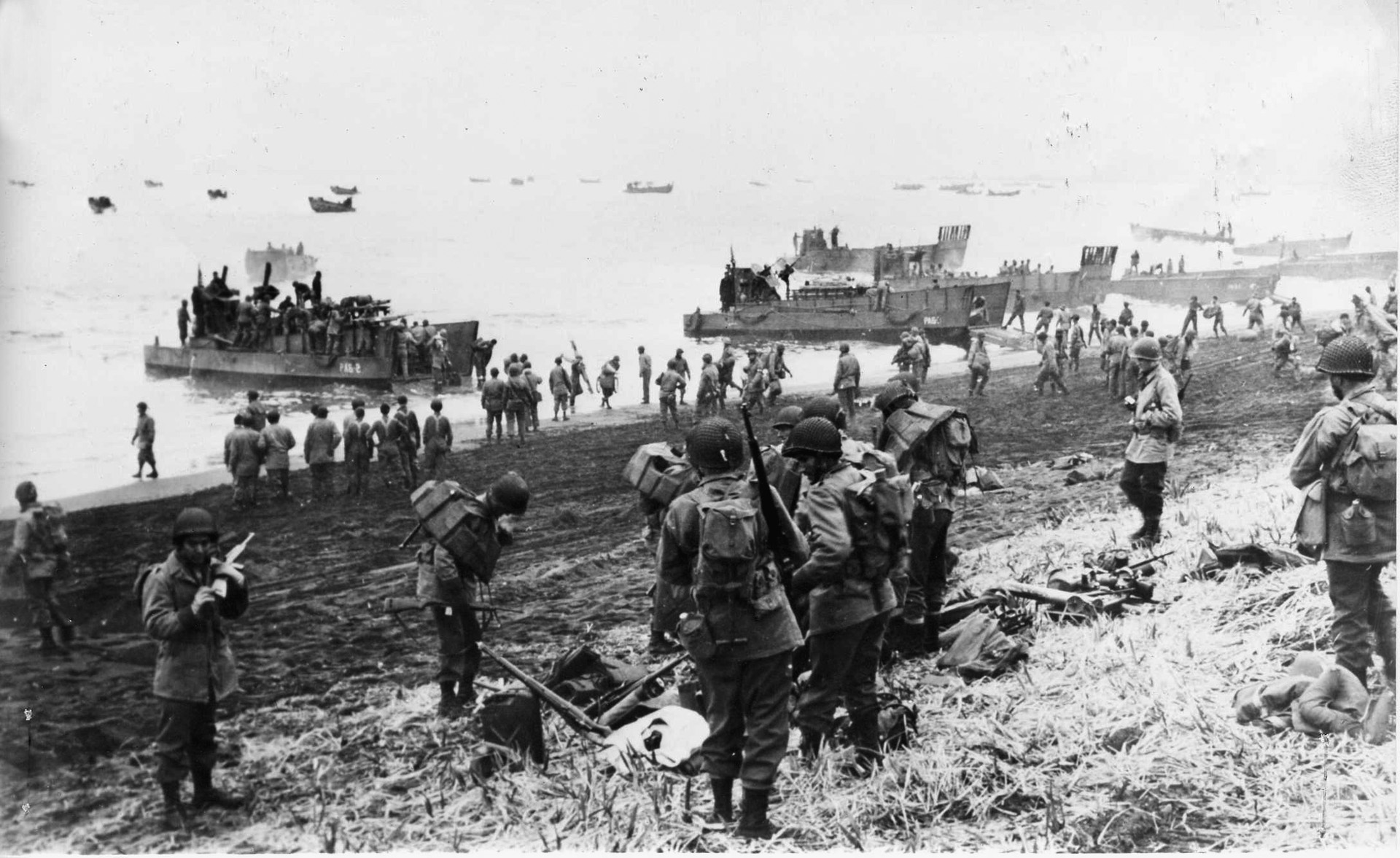Fought between July 1 and November 18, 1916, the Battle of the Somme to this day stands as one of the most infamous and costly battles in human history. As the British and French forces combatted the Germans in the Somme River valley, the battle witnessed a staggering loss of life and failed to achieve its intended objectives. How did so many perish only for the Germans to push forward?
Beginning the Planning
The battle was preceded by an ambitious plan hatched by the British High Command, aiming to break the long-standing trench stalemate which plagued the front lines. The Somme Offensive was intended to divert German forces from the Verdun front, where the French were desperately holding their ground but weakening as each day passed. As ambitious plans often do. However, a failure of battlefield intelligence led to first in a series of cracks; a weeklong artillery bombardment was executed to soften German lines, which had little effect on what turned out to be strongly built German bunkers and fortifications.
The Fight Begins
On July 1, 1916, the British forces commenced with a massive infantry assault, launching a series of coordinated attacks along a 30-kilometer front, with the aim of breaking through the German lines. Unknown to the High Command, the Germans had been given ample time to prepare and had heavily fortified their positions, which waves of British troops broke themselves against in their futile effort. As a result, the British suffered catastrophic losses, with over 57,000 casualties on the opening day alone, including nearly 20,000 fatalities. More British troops were lost on that day then on any other in history.
Continuing Hardships and Costly Gains
Despite the abject failure of the initial assault, the battle continued for months, with both sides taking heavy losses. The British and French forces made incremental gains, paid for in blood as casualties piled up. The introduction of new weaponry, such as tanks and gas, added further complexity to the battlefield, but in the end, only increased the lethality of the meat grinder. By November 18, when leadership finally decided to accept the failure of their plan, the Allies had advanced only a few kilometers.
The Price Paid
The Battle of the Somme resulted in staggering casualties, chewing through bodies like nothing seen before. The British suffered around nearly half a million casualties, including over 60,000 fatalities. The French experienced an additional 200,000 casualties, while the Germans endured about 500,000. The battle's human toll was unprecedented, equivalent to the loss of almost double the current population of Washington D.C., and deeply affected public sentiment in the participating nations.
Despite the failure to achieve a decisive breakthrough, the Battle of the Somme had a lasting impact. It marked a significant shift in warfare tactics, from the introduction of tanks, the development of more sophisticated artillery tactics, and the use of chemical weapons. In addition, the Somme became a symbol of the senseless slaughter and futility of trench warfare, fueling public disillusionment with the war.
The Battle of the Somme was a harrowing chapter in World War I, leaving an indelible mark on the collective memory of all nations, and a deep wound in those involved. The staggering casualties, strategic failures, and enduring legacy serve as a painful reminder of the devastating human cost of war. The battle's lessons and the sacrifices made by the soldiers continue to resonate… It remains to be seen if we can remember and avoid repeating this mistake.



%201.svg)









